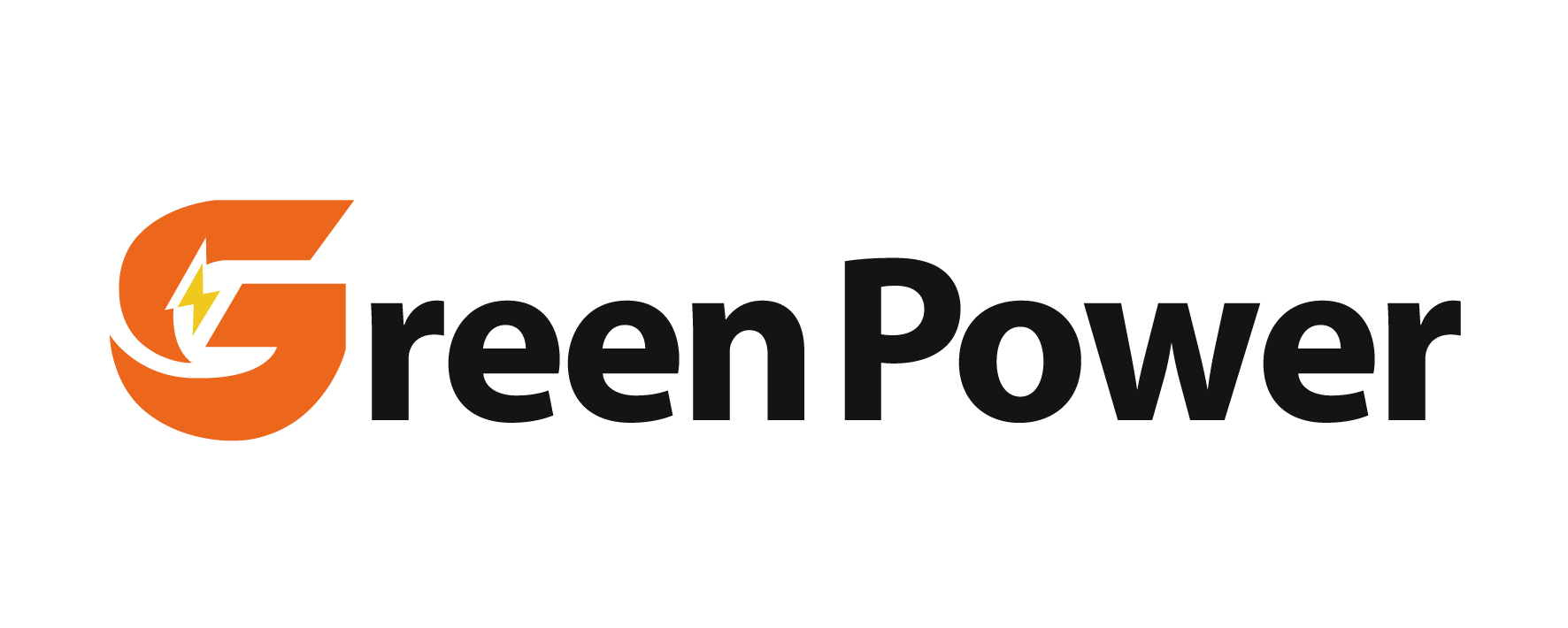lead battery price
Lead battery prices represent a crucial consideration in the energy storage market, reflecting the balance between cost-effectiveness and reliable performance. These batteries remain one of the most widely used energy storage solutions globally, with prices varying based on factors such as capacity, quality, and manufacturing standards. The typical lead battery price ranges from $50 to $300 for automotive applications and can extend to several thousand dollars for industrial uses. The cost structure incorporates raw material expenses, primarily lead and acid, manufacturing processes, and market demand dynamics. Modern lead batteries feature advanced technology including enhanced grid designs, improved paste formulations, and better charge acceptance capabilities, all while maintaining competitive pricing compared to alternative energy storage solutions. The price point often reflects the battery's capacity, measured in ampere-hours (Ah), and its cold cranking amps (CCA) rating, which indicates starting power. manufacturers continue to innovate while maintaining reasonable price points, offering various models that cater to different applications from standard vehicle starting batteries to deep-cycle variants for renewable energy storage. The market also sees seasonal price fluctuations influenced by raw material costs and global supply chain conditions, making timing an important factor in purchasing decisions.



